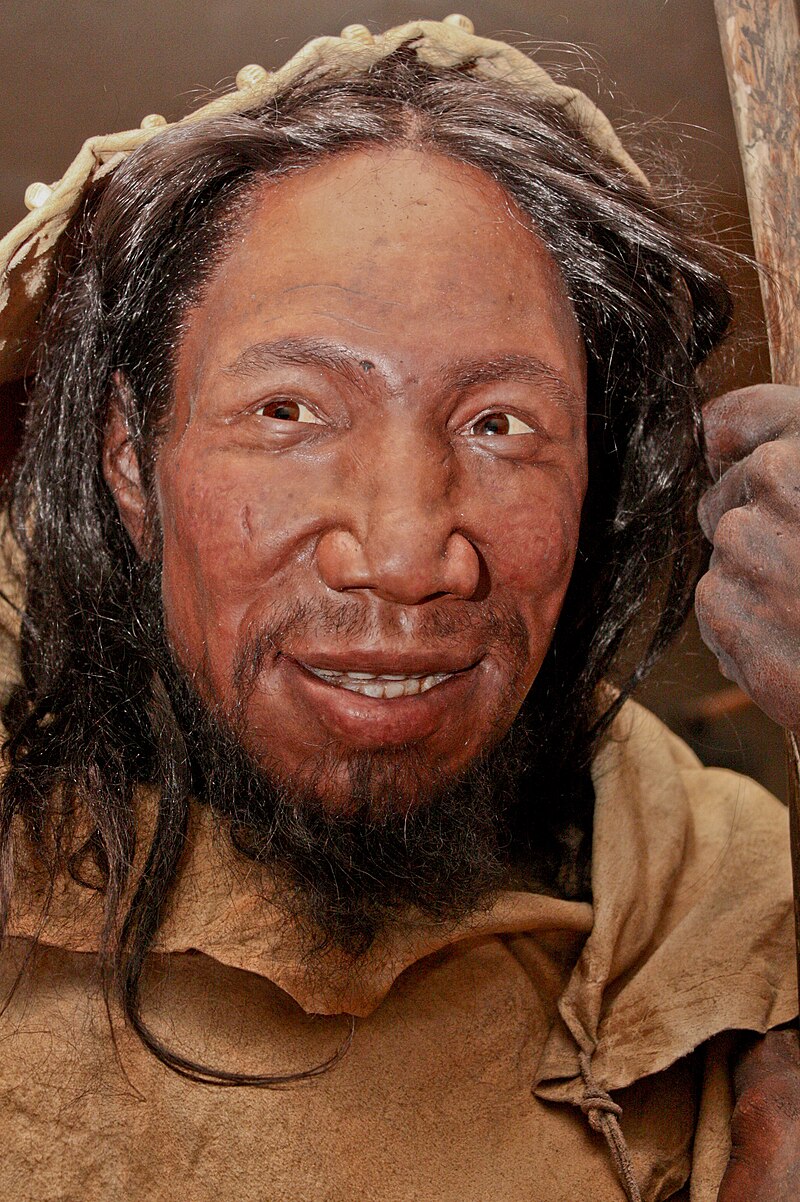
geneticists are rewriting the narrative of Neanderthals and other ancient humans
On Jul. 12, 2025, an international team of geneticists and AI experts are adding whole new chapters to our shared hominin history. Under the leadership of Joshua Akey, a professor in Princeton’s Lewis-Sigler Institute for Integrative Genomics, the researchers have found a history of genetic intermingling and exchange that suggests a much more intimate connection between these early human groups than previously believed.
“This is the first time that geneticists have identified multiple waves of modern human-Neanderthal admixture,” said Liming Li, a professor in the Department of Medical Genetics and Developmental Biology at Southeast University in Nanjing, China, who performed this work as an associate research scholar in Akey’s lab. The results of their work appear in the current issue of the journal Science.
Using genomes from 2,000 living humans as well as three Neanderthals and one Denisovan, Akey and his team mapped the gene flow between the hominin groups over the past quarter-million years.
The researchers used a genetic tool they designed a few years ago called IBDmix, which uses machine learning techniques to decode the genome. Previous researchers depended on comparing human genomes against a “reference population” of modern humans believed to have little or no Neanderthal or Denisovan DNA.
Akey’s team has established that even those referenced groups, who live thousands of miles south of the Neanderthal caves, have trace amounts of Neanderthal DNA, probably carried south by voyagers (or their descendants). With IBDmix, Akey’s team identified a first wave of contact about 200-250,000 years ago, another wave 100-120,000 years ago, and the largest one about 50-60,000 years ago.
That contrasts sharply with previous genetic data. “To date, most genetic data suggests that modern humans evolved in Africa 250,000 years ago, stayed put for the next 200,000 years, and then decided to disperse out of Africa 50,000 years ago and go on to people the rest of the world,” said Akey.
The final piece of the puzzle was discovering that the Neanderthal population was even smaller than previously believed. Genetic modeling has traditionally used variation — diversity — as a proxy for population size. The more diverse the genes, the larger the population. But using IBDmix, Akey’s team showed that a significant amount of that apparent diversity came from DNA sequences that had been lifted from modern humans, with their much larger population.
Tags:
Source: Princeton University
Credit:
